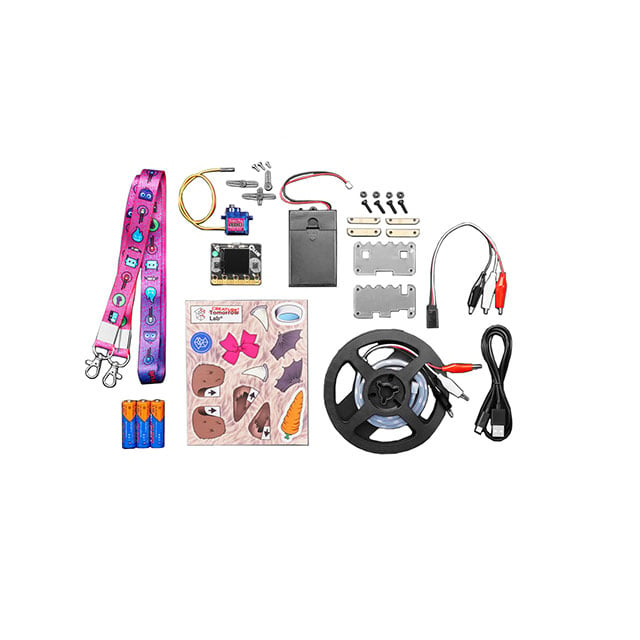5600 Series, Educational Kits
Results:
1
Manufacturer
Series
Operating Temperature
Current - Saturation (Isat)
Inductance Frequency - Test
Q @ Freq
Height - Seated (Max)
Current Rating (Amps)
Tolerance
Shielding
Mounting Type
Size / Dimension
Supplier Device Package
DC Resistance (DCR)
Ratings
Inductance
Type
Package / Case
Frequency - Self Resonant
Features
Material - Core
Results remaining:1
Applied Filters:
5600
About Educational Kits
Educational kits play a crucial role in facilitating the comprehension of various concepts, methods, and devices in specific areas of study. These kits are specifically designed to provide hands-on learning experiences and practical applications in fields such as fiber optics, microcontrollers, electronic components, motion, physical science, RF (radio frequency), sensors, soldering, test and measurement, connectors, and analog and digital training. Each educational kit is tailored to focus on a particular subject or area of interest. For example, a fiber optics kit may include components and materials that allow users to experiment with light transmission through optical fibers and understand the principles behind this technology. Similarly, a microcontroller kit would provide learners with the necessary tools and resources to explore programming and interfacing with microcontrollers, fostering an understanding of their capabilities and applications. These kits are differentiated based on several factors. One key factor is their main purpose, which indicates the primary educational objective they aim to fulfill. Additionally, the interconnect system used within the kit, the programming environment provided, the specific parts and components utilized, and the included MCU/MPU (microcontroller unit/microprocessor unit) board all contribute to the uniqueness and functionality of each kit. By offering a combination of theory and hands-on practice, educational kits empower learners to delve deeper into their chosen subjects. They provide a platform for experimentation, enabling users to apply theoretical knowledge in real-world scenarios. This approach fosters a deeper understanding of the underlying principles and encourages critical thinking and problem-solving skills. In conclusion, educational kits serve as comprehensive learning tools that cover a wide range of topics, from fiber optics to microcontrollers and beyond. By providing specialized materials, programming environments, and dedicated boards, these kits offer learners the opportunity to gain practical skills and in-depth knowledge in their chosen areas of study.

